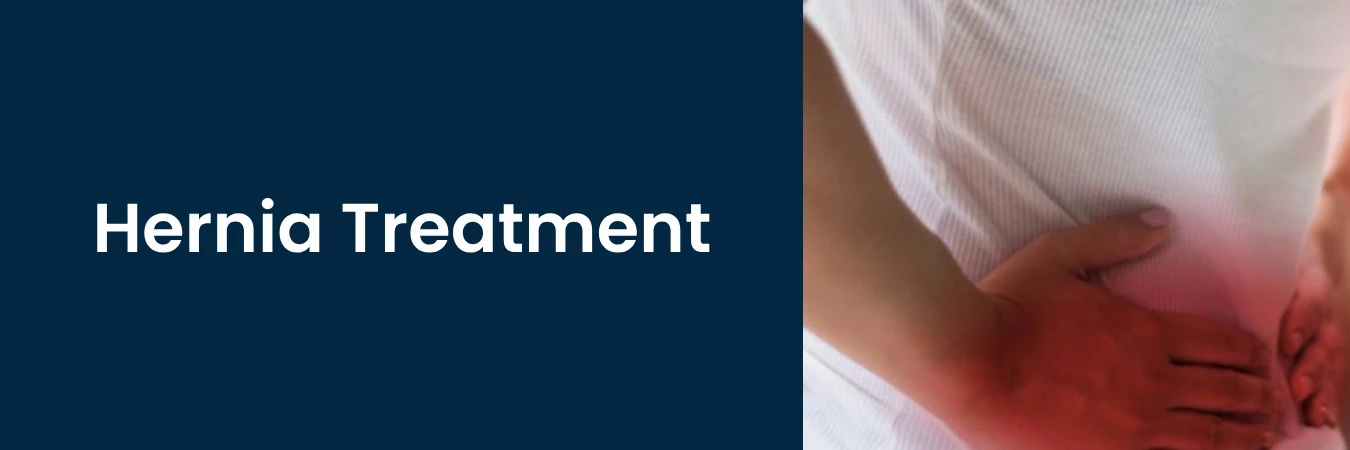Treatment
Diagnosis
Types of Hernia
- Inguinal hernia
- Umbilical hernia
- Femoral hernia
- Hiatal hernia
- Epigastric hernia
- Incisional hernia
Treatment
Diagnosis
- At Afri India Medil, a general surgeon diagnoses hernias through a physical examination. The diagnosis involves examining the herniated area to check for a visible bulge. For an accurate diagnosis, patients may be asked to stand, strain, or cough. The doctor also reviews the patient's medical history.
- MRI Scan
- CT Scan
- Abdominal ultrasound
Procedure
As affirmed by experienced medical professionals, surgery is the optimal approach for addressing various types of hernias. Hernias can exist with or without symptoms, yet seeking proper treatment is crucial to prevent potential complications such as intestinal blockage or strangulation. Surgical management of hernias encompasses both open and laparoscopic techniques. Open surgery involves creating incisions around the affected area. The displaced tissues are repositioned, and a mesh is inserted to reinforce the abdominal muscles and secure the organ in its correct position. Laparoscopic surgery involves making 3-4 small incisions. The protruding tissues are carefully repositioned, and if necessary, a mesh is used to bolster the abdominal wall and maintain the proper organ alignment.

